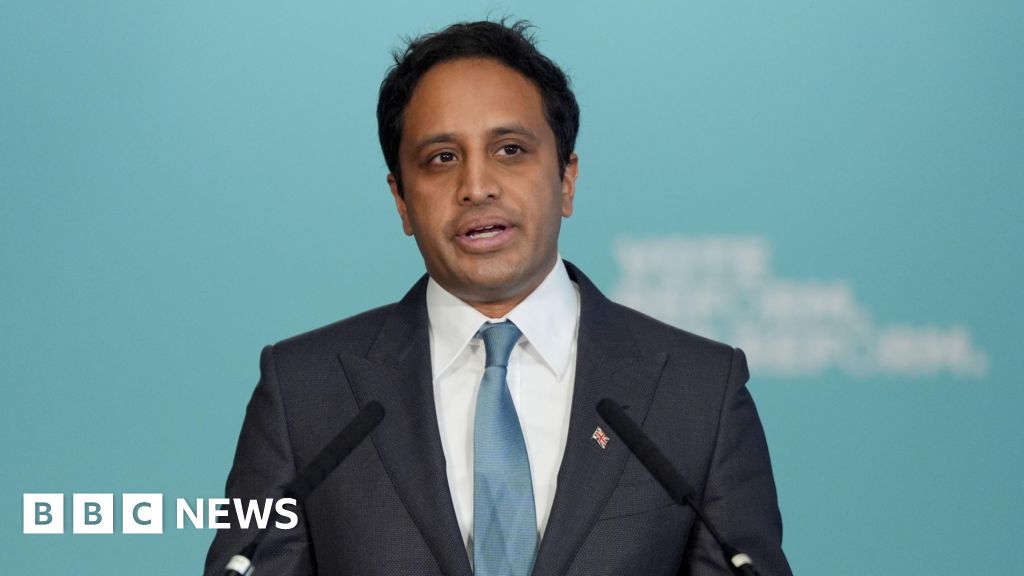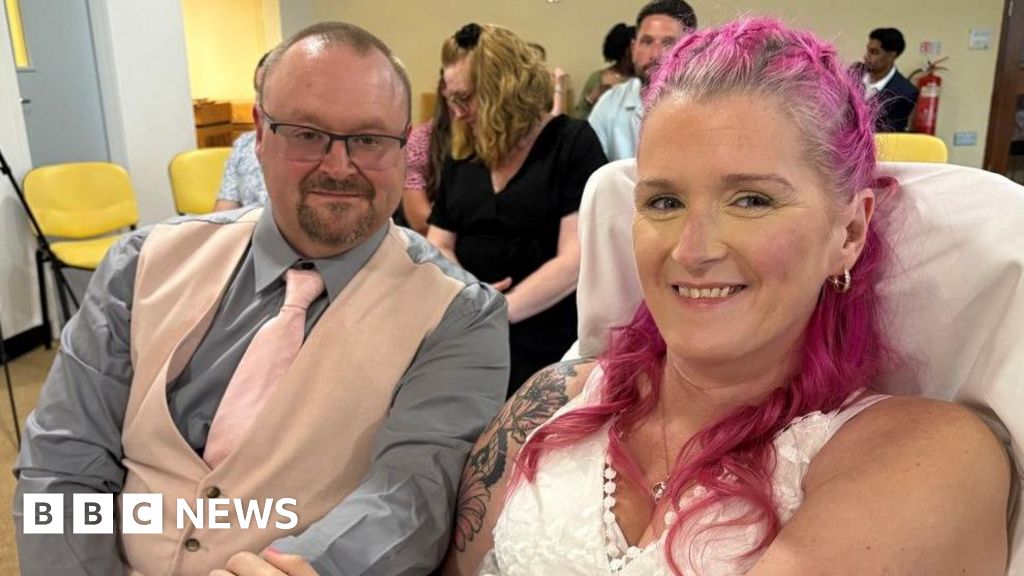- Housing
The most dangerous weapon in South Asia is not nuclear
时间:2010-12-5 17:23:32 作者:Cybersecurity 来源:Editorial 查看: 评论:0内容摘要:But HHS officials did not answer questions about the reinstatement. The AFGE’s Micah Niemeier-Walsh later said the workers continued to have June termination dates and “we are concerned this is to give the appearance that the programs are still functioning, when effectively they are not.”But HHS officials did not answer questions about the reinstatement. The AFGE’s Micah Niemeier-Walsh later said the workers continued to have June termination dates and “we are concerned this is to give the appearance that the programs are still functioning, when effectively they are not.”
and boost their health, momentum is growing to put it back.Federal lawmakers have revived bills that would allow whole and 2% milk to be served again in schools, in addition to the skim and low-fat milk mandated since 2012. A U.S. Senate committee

Tuesday on a bill that has bipartisan support.“Kids need wholesome, nourishing food to grow strong and stay healthy, and whole milk is packed with the nutrients they need,” said Sen. John Fetterman, a Pennsylvania Democrat who is co-sponsoring the legislation.Health Secretary Robert F. Kennedy Jr. has called the federal dietary guidelines requiring

and last month encouraged “full fat/whole milk” to be used in Head Start programs for the nation’s youngest children.AP’s Lisa Dwyer reports there’s a new push to put whole milk back in school meals.

The Obama-era move to require
was aimed at cutting kids’ consumption of saturated fat and calories, which can increase the risk of heart disease and obesity.The father died while trying to shield Dharmik’s face from a “blistering wind” with a frozen glove, prosecutor Michael McBride wrote. Vihangi was wearing “ill-fitting boots and gloves.” Their mother “died slumped against a chain-link fence she must have thought salvation lay behind,” McBride wrote.
A nearby weather station recorded the wind chill that morning at -36 Fahrenheit (-38 Celsius).Seven other members of their group survived the foot crossing, but only two made it to Shand’s van, which was stuck in the snow on the Minnesota side. One woman who survived had to be flown to a hospital with severe frostbite and hypothermia. Another survivor testified he had never seen snow before arriving in Canada.
Kirkpatrick told reporters after Wednesday’s hearing that as a lifelong Minnesotan, she would not have gone out in that weather. “But the defendants sent into that weather 11 migrants — Indian nationals who were not dressed appropriately, were ill-prepared for the weather they faced that night,” she said.Kirkpatrick pointed out that the family who died had walked for hours trying to find Shand, who had been sent by Patel.
- 最近更新
- 2025-07-07 05:17:41For 2024, some simple lifestyle changes can improve your planet
- 2025-07-07 05:17:41Timothy West 'died peacefully' after hospital stay
- 2025-07-07 05:17:41Spain clamps down on Airbnb as tourism backlash returns for summer
- 2025-07-07 05:17:41Exes compete on HGTV's 'Flip Off' with El Moussas, Christina Haack
- 2025-07-07 05:17:41Co-op says shelves to be more fully stocked this weekend
- 2025-07-07 05:17:41Here's a look at the immigrants deported to South Sudan from US
- 2025-07-07 05:17:41Ship footage captures sound of Titan sub imploding
- 2025-07-07 05:17:41AI chatbot to be embedded in Google search
- 热门排行
- 2025-07-07 05:17:41Federal Reserve Chair Jerome Powell said
- 2025-07-07 05:17:41Severe weather leaves at least 27 dead, including 18 in Kentucky
- 2025-07-07 05:17:41Anker Surge Protector Power Strip$24$36Save $12with coupon
- 2025-07-07 05:17:41Russia jails Australian man for fighting alongside Ukraine
- 2025-07-07 05:17:41AOLPros and cons of an adjustable-rate mortgage: 4 reasons a flexible ARM is worth another look
- 2025-07-07 05:17:41How Russia took record losses in Ukraine in 2024
- 2025-07-07 05:17:41how these telematics programs work
- 2025-07-07 05:17:41How much has Elon Musk's Doge cut from US government spending?
- 友情链接
- Tigers, jaguars and elephants flee cartel violence in Mexico’s Sinaloa Top Zimbabwe ambassador involved in gold smuggling scheme Trump seeks to boost US nuclear power, roll back regulations How a ‘Gold Mafia’ is looting Southern Africa, washing dirty cash The most dangerous weapon in South Asia is not nuclear Trump visits the Middle East: All the countries visited by US presidents Qalandars vs Gladiators: Lahore win PSL final by six wickets – updates US Steel shares soar on Trump’s apparent blessing for deal with Nippon Afghan villagers struggle years after US dropped ‘mother of all bombs’ Chaos erupts as Palestinians rush to aid site after months of blockade Guess who India, Pakistan and Iran are all wooing? The Taliban South Sudan on edge as Sudan’s war threatens vital oil industry Hamas agrees to a Gaza ceasefire, sources say; US and Israel reject offer ‘Farcical’: Venezuelan opposition denounces arrest before weekend vote Hamas agrees to a Gaza ceasefire, sources say; US and Israel reject offer Top Zimbabwe ambassador involved in gold smuggling scheme Man United end season ranked 15th after controversial win over Aston Villa Thailand readies homecoming for stolen ancient statues located in US museum Israeli embassy staffers shot dead in DC: What we know of attacker, victims Australia dust storm turns town orange Malaysia wants Myanmar ceasefire extended amid ASEAN ban on coup leaders Guess who India, Pakistan and Iran are all wooing? The Taliban ‘Warzone’: Why Indian forces have launched a deadly assault on Maoists Thunder-Timberwolves: Edwards, Minnesota rout OKC in Game 3 West finals Why did rumours of a coup sweep Ivory Coast this week? Borders, ballots and boycotts Tigers, jaguars and elephants flee cartel violence in Mexico’s Sinaloa The one thing Trump might be getting right Kylian Mbappe wins European Golden Shoe award for first time The US has $36 trillion in debt. What does that mean, and who owns it?
